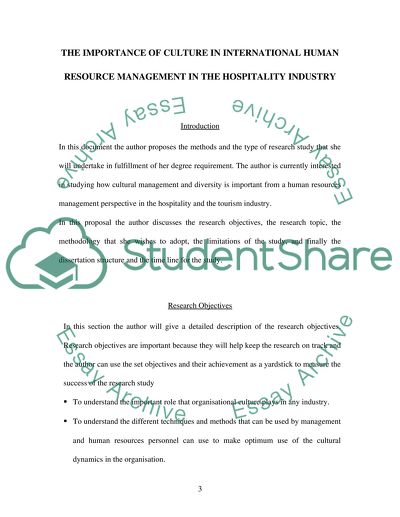Cite this document
(“International Human Resource Management - cultural management and Essay”, n.d.)
International Human Resource Management - cultural management and Essay. Retrieved from https://studentshare.org/miscellaneous/1503353-international-human-resource-management-cultural-management-and-diversity
International Human Resource Management - cultural management and Essay. Retrieved from https://studentshare.org/miscellaneous/1503353-international-human-resource-management-cultural-management-and-diversity
(International Human Resource Management - Cultural Management and Essay)
International Human Resource Management - Cultural Management and Essay. https://studentshare.org/miscellaneous/1503353-international-human-resource-management-cultural-management-and-diversity.
International Human Resource Management - Cultural Management and Essay. https://studentshare.org/miscellaneous/1503353-international-human-resource-management-cultural-management-and-diversity.
“International Human Resource Management - Cultural Management and Essay”, n.d. https://studentshare.org/miscellaneous/1503353-international-human-resource-management-cultural-management-and-diversity.


